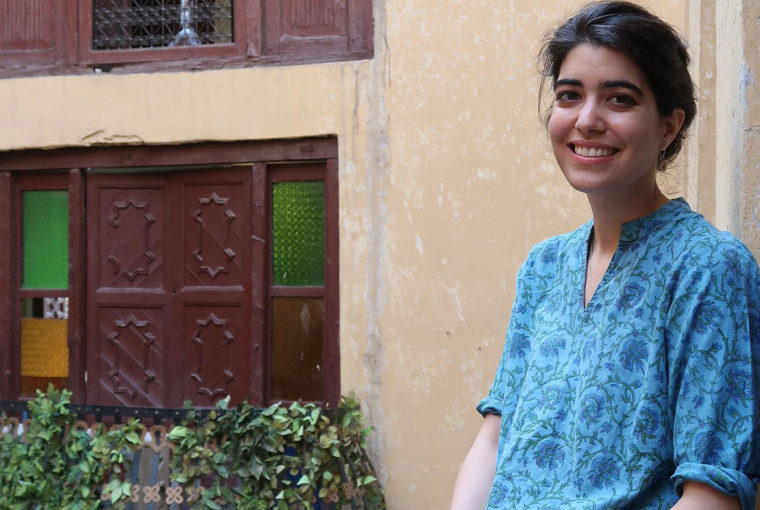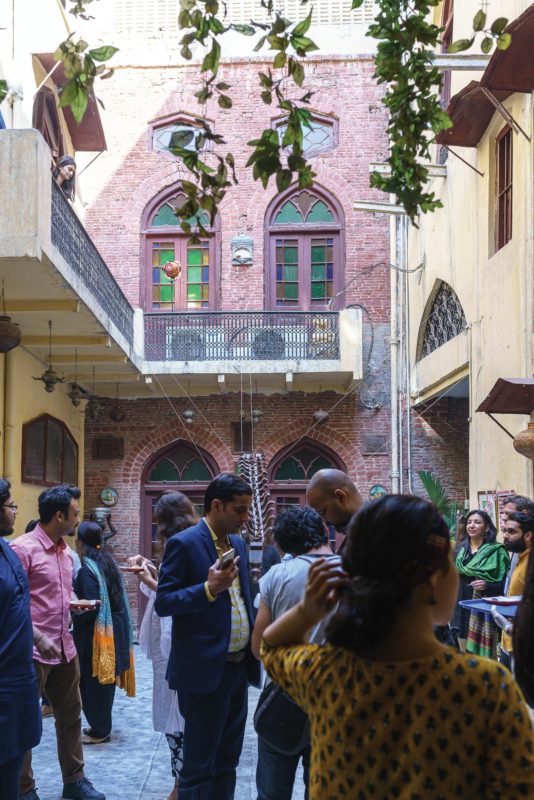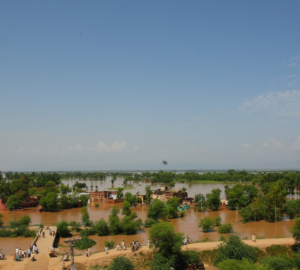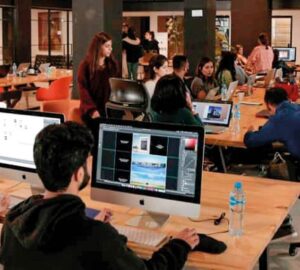Artwork Photographed By Amna Zuberi
As a collateral of the first-ever Lahore Biennale, Foundation Art Divvy curated a show at the Fakir Khana Museum titled “I, too, am a part of this history,” showcasing the works of 24 contemporary Pakistani artists. Zahra Khan, Director of Foundation Art Divvy and curator of the show, explains how, in creating a dialogue between the historic museum and the contemporary works, the exhibition encouraged the artist and the viewer to become part of the canvas of the city of Lahore.
Can you tell us about Art Divvy and your role in it?
Art Divvy was set up as a platform to promote work from Pakistan. Last year I worked on a show with Imran Qureshi and Aisha Khalid – that’s when we formalized and set it up as a foundation and a project company. Art Divvy has two arms; the main purpose of both is to promote and support artists from Pakistan. In Pakistan itself, I am very interested in focusing on artists who no longer exhibit here. Artists who have reached a certain point, like Imran Qureshi and Aisha Khalid, who have museum shows globally but do not have them in their own country anymore. Then there is Project Art Divvy, where I take artists from Pakistan and exhibit their work in London. We promote different aspects of the art from Pakistan in different places. The Lahore Biennale show is Foundation Art Divvy’s second exhibition in Pakistan.
What made Art Divvy interested in being a part of the Lahore Biennale?
I have been following the activities of the Lahore Biennale Foundation for a couple of years. I think it is a very important and fascinating venture for the art world in Pakistan, the sort of thing that everyone should pitch in to. They also have a lot of international visitors coming. I think it’s wonderful that they are encouraging collateral events to take place around the city of Lahore. It is really bringing the entire city to life. It is important for us to be supporting the biennale, showcasing artists who may not have been chosen because of space constraints.
What made Fakir Khana stand out as an exhibition site for you?
I think that the Fakir Khana Museum is one of the most fascinating spots of Lahore. The building itself has been around since Akbar’s time. The Fakir family has continued to build upon their traditions of collecting art and preserving a museum that has a stunning collection dating back to the Mughal era. It still has ancient antique bricks, parts of it are very unique. One of the most amazing things is that the family continues to live in the house. Although it is a private museum, they have opened up their collection to the public. It is very representative of Lahore and the androon shehr. And I think it’s important for private museums to be supported as much as possible. Foundation Art Divvy is so proud and privileged to partner with the Fakir Khana Museum and put together this exhibition.
How have you connected the title, “I, too, am a part of this history,” with the Fakir Khana Museum and the Lahore Biennale Foundation?
It is actually a quote by Fakir Saifuddin [curator of the Fakir Khana Museum] that he said to me and that he had also mentioned in a magazine article that came out last year. I thought it was the most perfect encapsulation of what we are trying to do with this exhibition, which is to remind people of the fact that this history, this treasure the museum holds is really ours. The reason why I thought it would be a perfect title for this particular exhibition is because it mirrors what the Lahore Biennale is doing. The Lahore Biennale is asking contemporary artists to create pieces that are being spread throughout Lahore’s Old City; basically using the larger city of Lahore as their canvas. I think we’re doing that as well in the Fakir Khana Museum, at a smaller scale of course.
What kind of response are you expecting, in relation to the title, from the artists and the audience?
I would love for the artists and the audience to embrace the idea that they, too, are part of history. It is their history and that is something that Fakir Saifuddin said as well, that yes this whole space belongs to you. That is how I would like people to respond to the exhibition and also see how the artists have taken this idea, brought it into their own practice and created something around it; things that are unique to the artists themselves, to this place and the show.
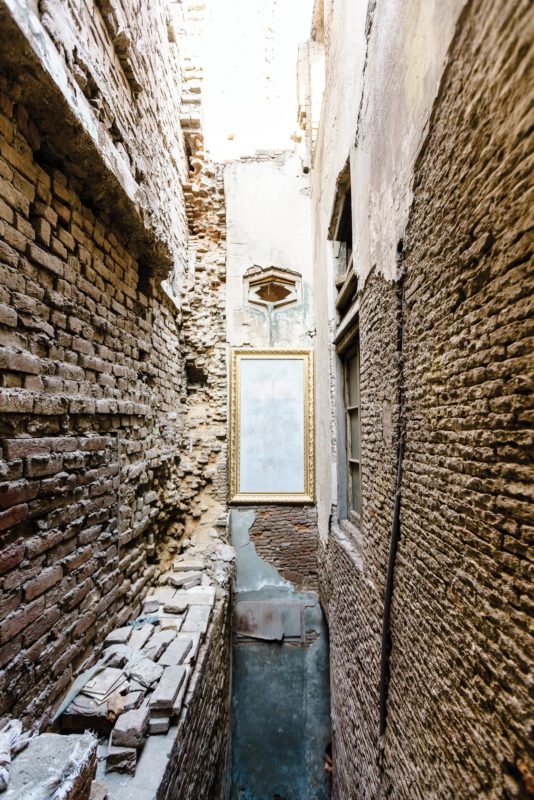
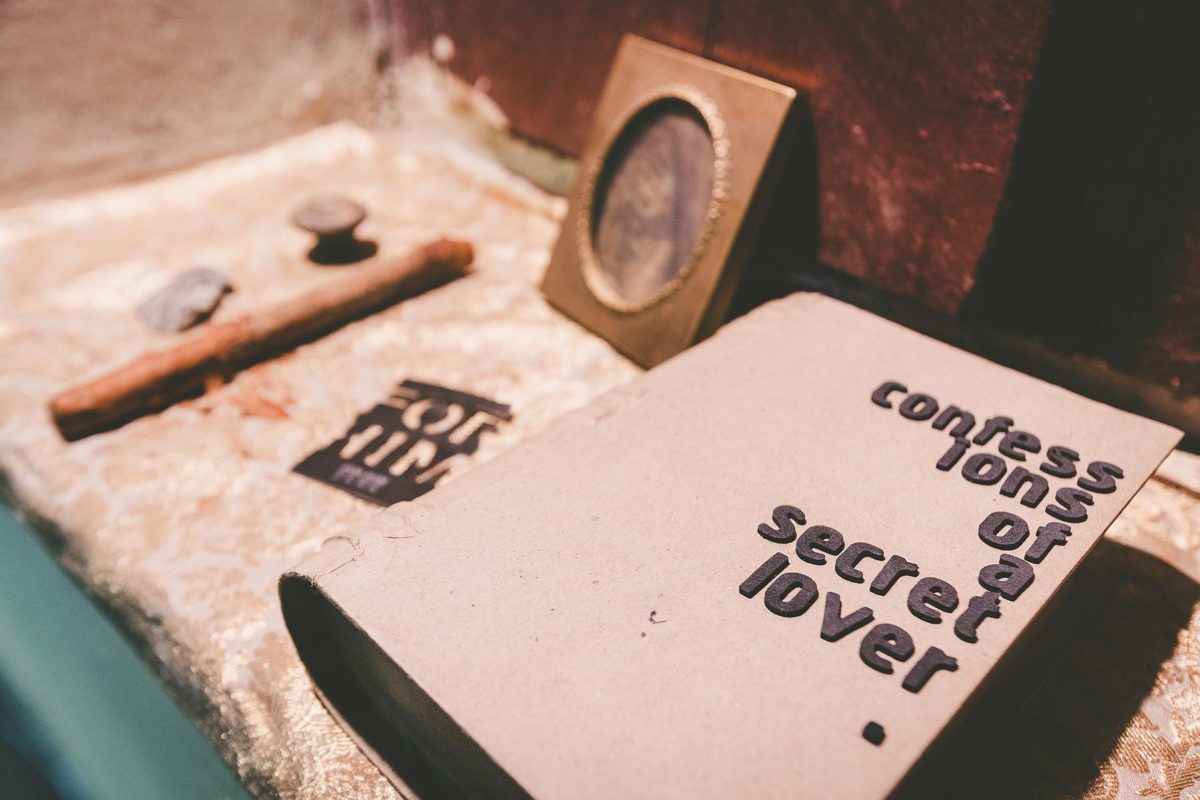
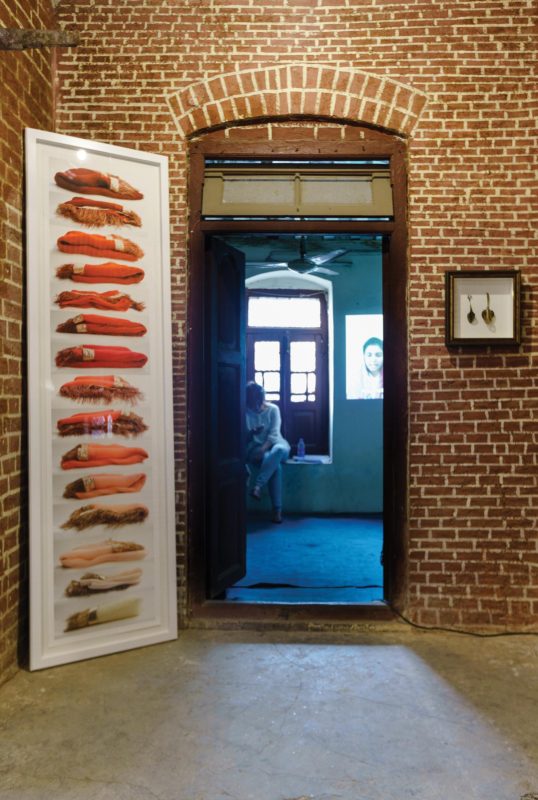
(Right) Affan Baghpati Amalgamate 13, 2017
Tell us about the artists. How did you decide on this particular number and set of artists?
When I started putting the show together, I thought there would be a total of five artists. I wanted to select artists whose work would stand out within the space. The Fakir Khana building and collection is so vast and intricate that unless the artists were of a certain calibre and their work really spoke for itself, it would be a disservice to include them in such a show. All twenty-four of them have been chosen with that in mind. Artists whose practices are extremely strong; people who I thought would enjoy the idea of exhibiting in this building, responding to the set-up. Each artist has really delved into it, in terms of the premise of the show. They’re finding ways to make it their own and really push themselves to make new work. I am extremely grateful for that.
What should the audience expect to see? Can you give us a brief idea about the kind of works exhibited?
I chose the artists deliberately because they work in such a diverse variety of mediums. I think what you’ll see is a range of responses, so you’ll have sound pieces, you’ll have video works and sculptural works all over the place. The idea is to intersperse the works within the haveli’s existing collection; to really create a conversation and dialogue between the existing haveli and the contemporary works in it.
In the process of putting together this show, have there been any unexpected or surprising outcomes?
The response to the show even before it came together has been astounding and humbling. A few artists actually approached me and asked to be in the show, which was very special. We have had wonderful support from all kinds of organizations. The Lahore Biennale has been supportive. I think above and beyond the Fakir Khana family have gone out of their way to be generous with their space. There have also been some surprises, like two of the artists had works that were quite different and divergent but when we decided to place them, I realized their ideas were very similar and went very well together. Artists who traditionally paint are experimenting with sound pieces or creating sculpture. So it has been quite surprising how they present their work.


